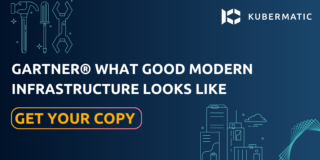What is edge computing?
Edge computing is a computing framework that brings data processing and storage closer to the source of the data, rather than relying on a central location like a cloud data center. It involves pushing computation and storage resources to the “edge” of the network, which can include devices such as routers, gateways, and even user devices like smartphones. This allows for faster data processing, lower latency, and reduced network traffic.
Edge Computing entails bringing computing resources and data storage closer to data sources to improve response times, save bandwidth, and unlock new business opportunities across various sectors, such as manufacturing, retail, healthcare, and telecommunications.
Introduction to Containers and Edge Computing
Containers and Edge Computing are closely linked in terms of delivering efficient, scalable, and reliable computing solutions. Containers provide a lightweight and portable platform for deploying applications, allowing developers to bundle and isolate applications along with their entire runtime environment. This isolation makes it easier to manage and move applications across different computing environments, which is particularly useful in edge computing.
Edge computing deploys data processing to the edge of a network - closer to where the data originates. This approach reduces network latency, bandwidth usage, and data transmission costs, leading to improved real-time analytics and decision-making. The combination of containers and edge computing enables businesses to deploy and run applications faster, more reliably, and at a grander scale, no matter where the computing resources are situated.
What does Industrial Edge mean?
Industrial Edge refers to the application of edge computing in industrial settings, aiming to perform data processing near or at the source within an industrial environment. It allows industries to handle complex computations close to machinery, automate real-time operations, reduce long-distance communication between clients and servers, and enhance data privacy and security.
Cloud vs. Edge Computing
The main difference between cloud and edge computing is the location of data processing and storage. Cloud computing relies on a centralized data center, while edge computing distributes these resources to the “edge” of the network. Cloud computing is better suited for handling large amounts of data and complex workloads, while edge computing is ideal for real-time processing and low-latency applications. Both cloud and edge computing have their benefits and can complement each other in certain scenarios.

